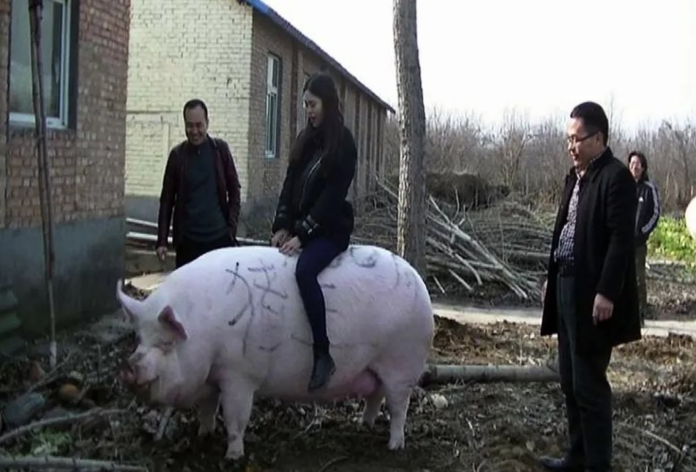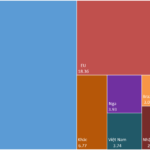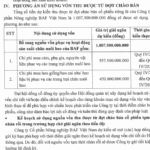In the face of a severe pork shortage following the African swine fever outbreak, many Chinese farms and businesses have turned to breeding supersized pigs to increase meat yield per animal.
However, according to media reports, these overly fattened pigs are now causing significant fluctuations in the country’s pork prices.
The swine fever outbreak (2018–2020) decimated China’s pig population by nearly half, creating an annual shortage of 10–15 million tons of pork. The Chinese government encouraged measures to boost production, including raising larger pigs.
In recent years, Chinese farmers have been overfeeding their pigs, doubling their weight to nearly that of a hippopotamus or polar bear, in the hopes of profiting as the economy recovered from the COVID-19 pandemic.
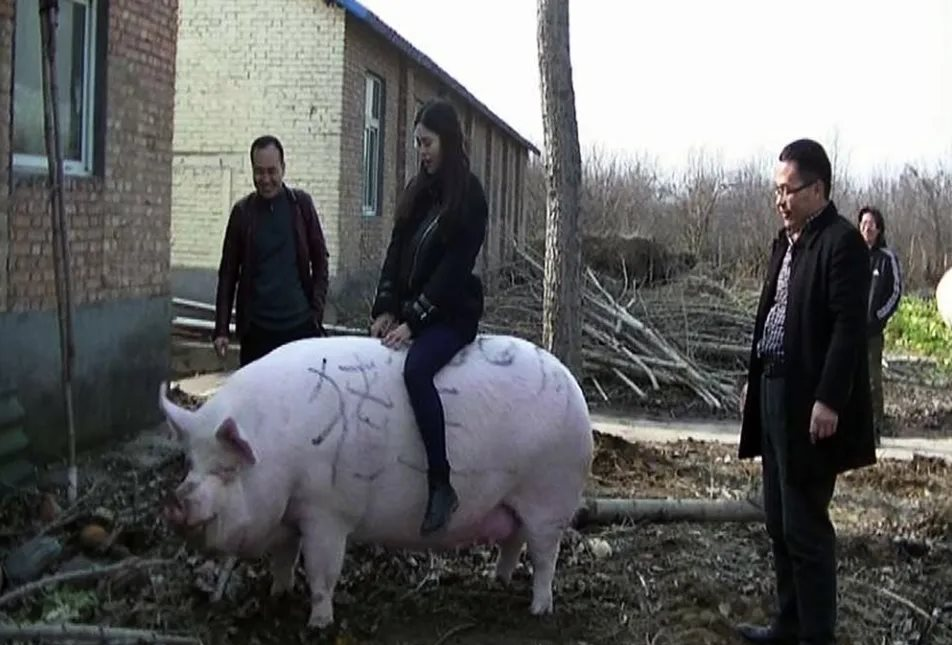

Mr. Cao Tao, a pig trader from Shaanxi province in northwestern China, shared that many of the pigs he purchases weigh over 200 kg, significantly more than the average 125 kg he used to buy.
“Some farmers are trying to hold onto their oversized pigs, hoping for a significant price increase and higher profits,” said Mr. Cao.
In Nanning, Guangxi, farmer Pang Cong successfully raised a pig weighing 500 kg (1,102 lb), equivalent to the average weight of an adult polar bear, and plans to breed even larger pigs.
Similarly, companies like Wens Foodstuffs, Cofco Meat, and Beijing Dabeinong are selectively breeding pigs to increase their average weight from around 110 kg to 140 kg at market age, boosting profits by nearly 30%.
Ironically, even though China has controlled the African swine fever outbreak, pork prices have dropped due to weaker-than-expected consumer demand. Additionally, increased pork imports and panic selling by farmers during the outbreak have also contributed to the market’s rapid deflation.
Moreover, many farmers who had hoped to profit from fattening their pigs were forced to sell, further depressing the market.
China’s pork market has experienced multiple crises since the 2018 African swine fever outbreak. As the world’s largest producer and consumer of pork, China’s pig farming industry has recovered somewhat from the pandemic. However, the subsequent outbreak of African swine fever and the resulting surge in pork prices led the Beijing government to import pork, impacting domestic prices.
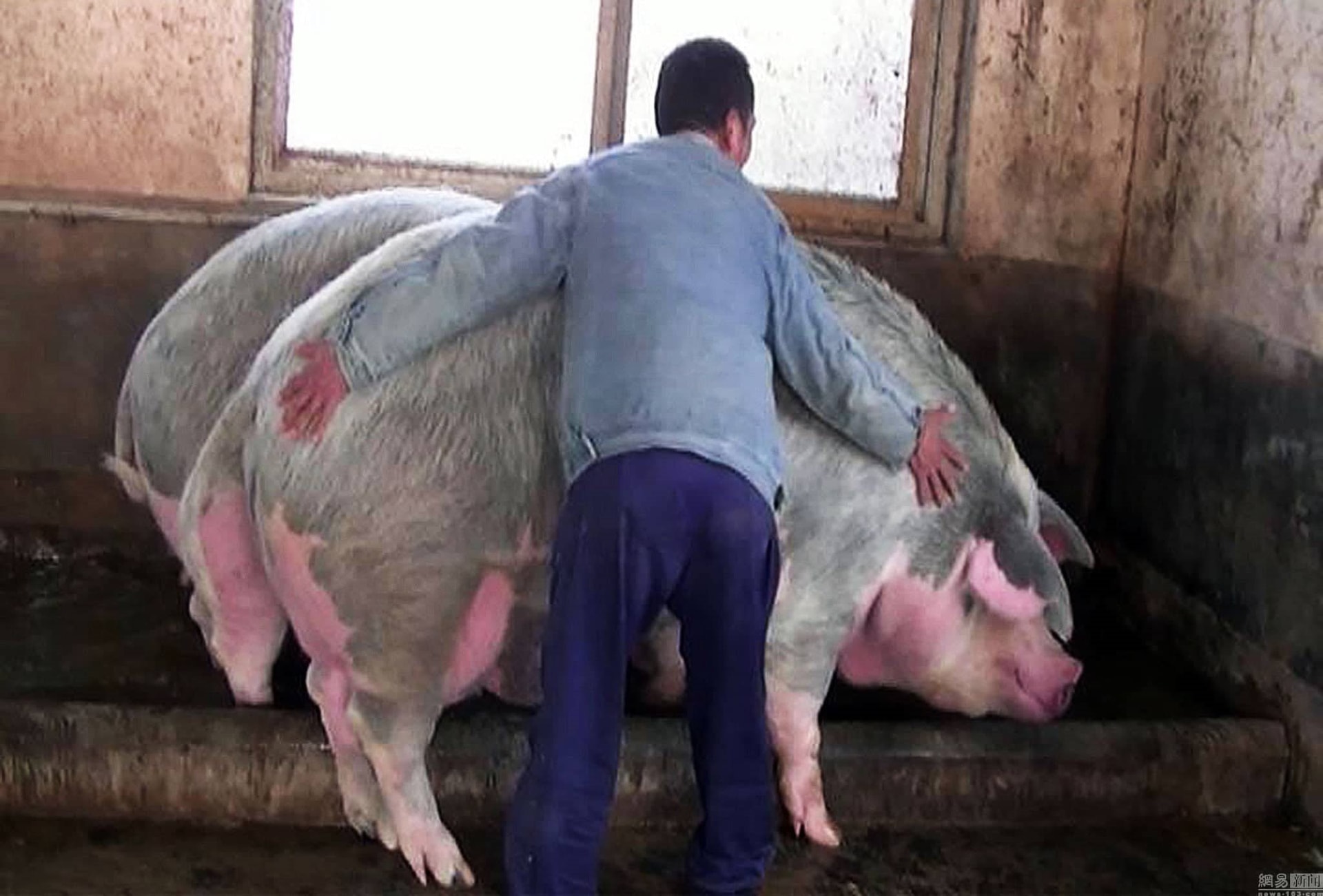
During a workshop, the Harbin Veterinary Research Institute (HVRI) attributed the decline in pork prices mainly to the oversized, super-large pigs.
Additionally, the Chinese government’s new regulations restricting pig transportation to control the spread of swine fever have resulted in significant price disparities between regions.
Nonetheless, experts worry that overly large pigs may suffer from joint problems, lack of exercise, and increased disease risks.
Furthermore, some experts warn that intensive industrial farming increases the risk of animal pandemics and environmental pressures.
*Source: The Guardian
The Swine Industry’s First-Quarter Feast
The impressive surge in piglet prices, averaging a 40% increase compared to Q1/2024, has been a boon for the swine industry. This significant rise in prices has translated into a prosperous period for most pig farmers and businesses.
The Miracle Cure: Vietnamese Scientists Discover African Swine Fever Vaccine
The veterinary industry in Vietnam is proud to have invented an African Swine Fever (ASF) vaccine, a feat that has eluded the world for a century. Vietnam’s success in developing this vaccine has gained recognition from numerous countries. However, the mastermind behind this ASF vaccine is a young Vietnamese scientist who quietly achieved this impressive feat, unbeknownst to many.
The Power to Persevere: DBC’s Journey to the Top
The livestock industry in Vietnam continues to face challenges due to the ongoing epidemic situation. Despite these difficulties in 2022-2023, Dabaco Vietnam Joint Stock Company (HOSE: DBC) has emerged stronger than ever, embarking on a journey of expansion to meet the domestic market’s consumption demands.
Presenting an Enticing Offer: BAF Proposes the Sale of 65 Million Shares at VND 15,500 Each
The amount of 1,007.5 billion VND raised will be used to purchase feed, additives, and materials for pig farms, totaling 557.5 billion VND, and to invest 450 billion VND in the purchase of piglets, weaned pigs, and breeding pigs. The disbursement is planned for the period between the fourth quarter of 2024 and the fourth quarter of 2025.

